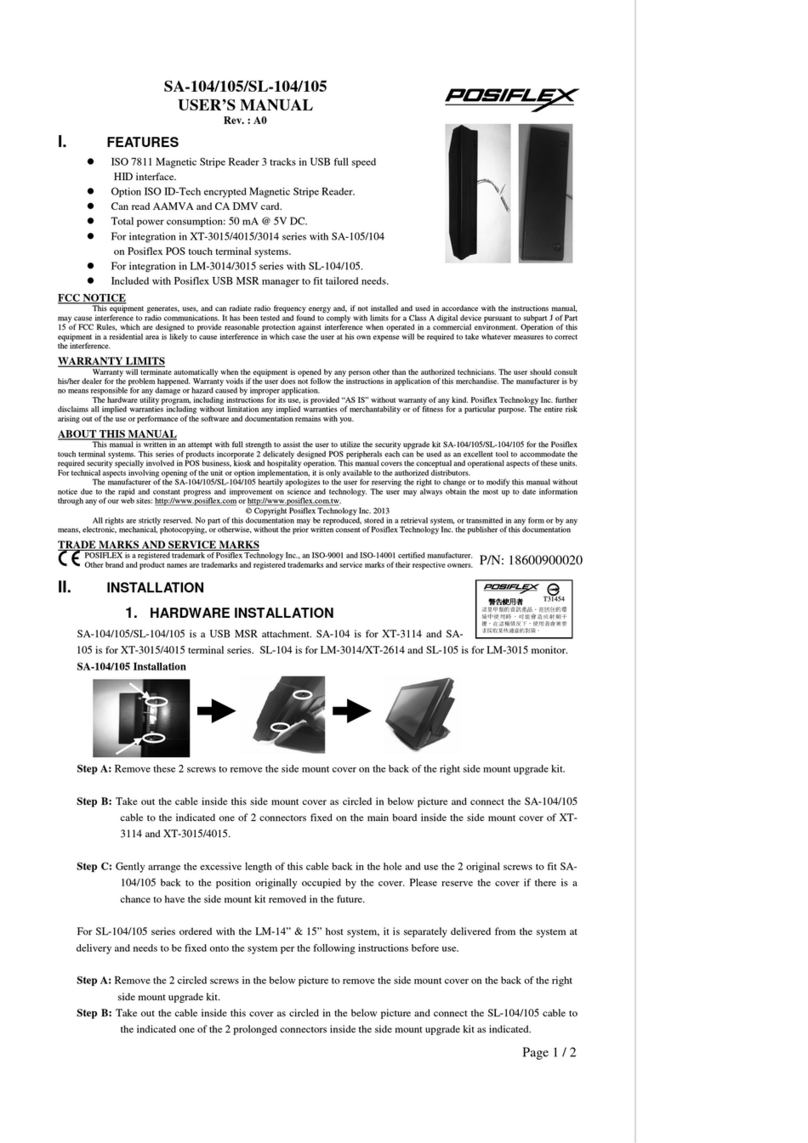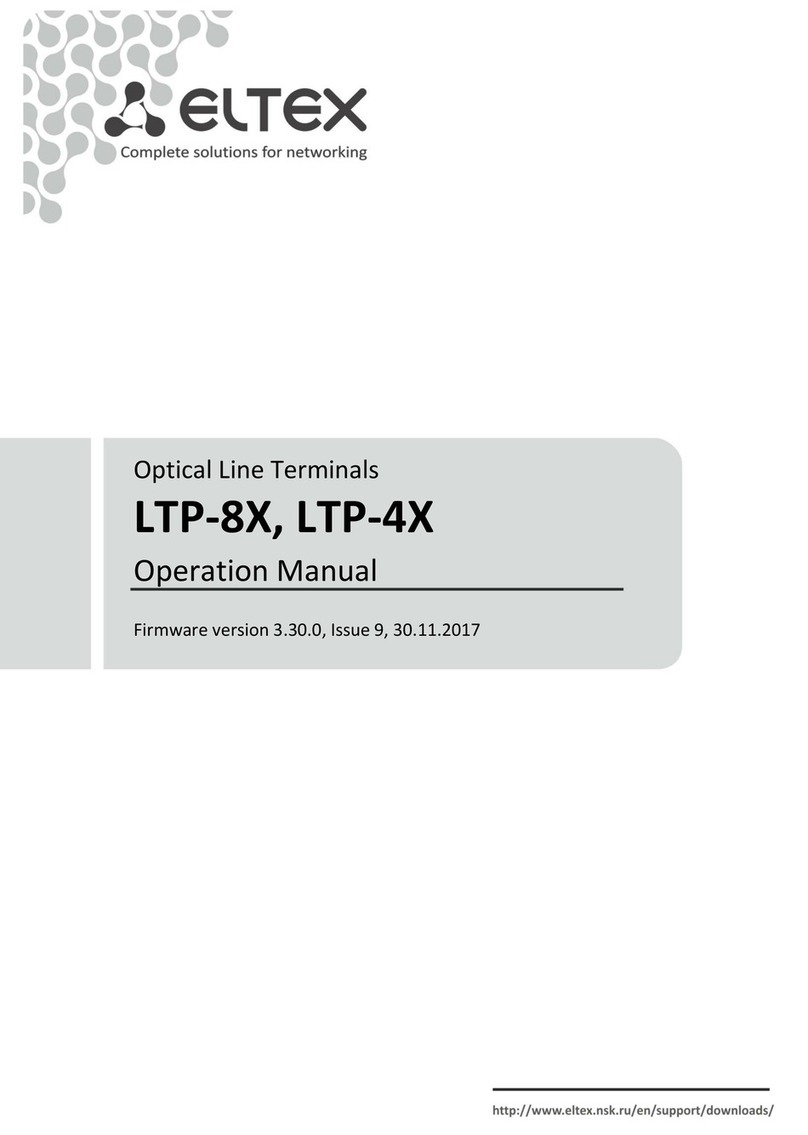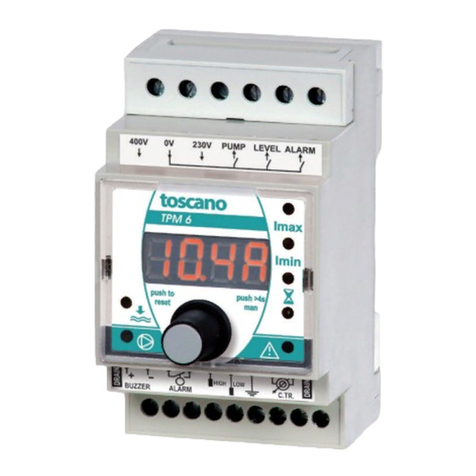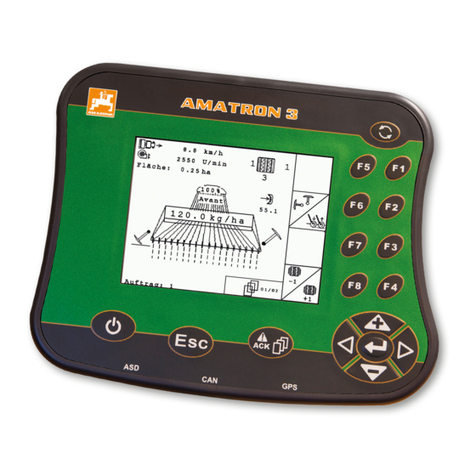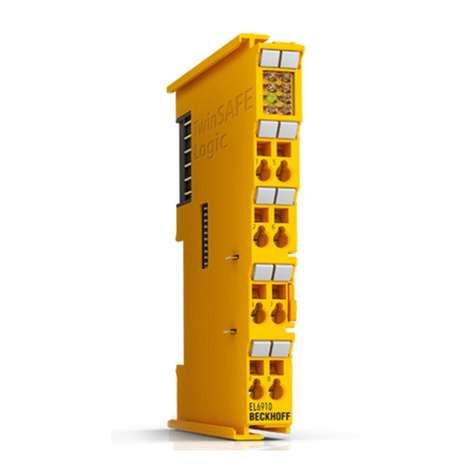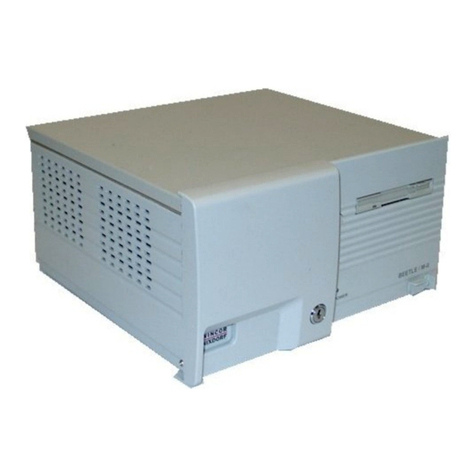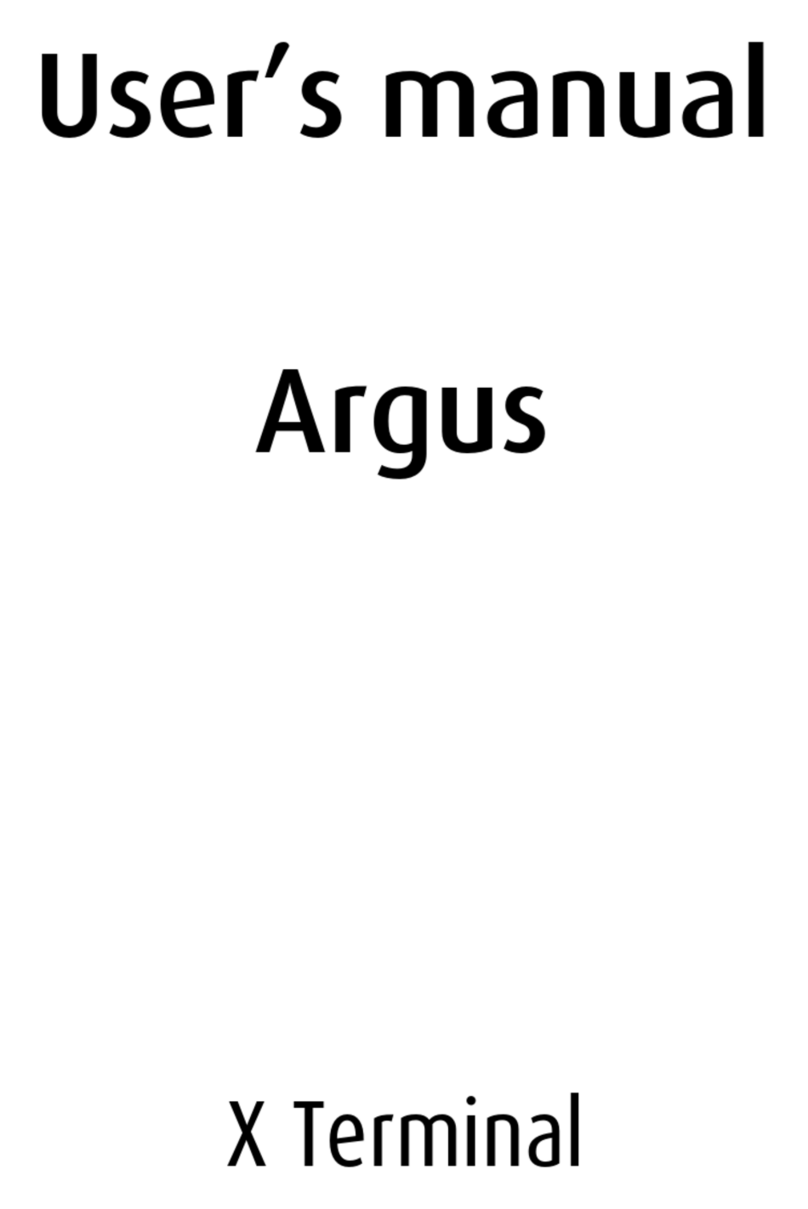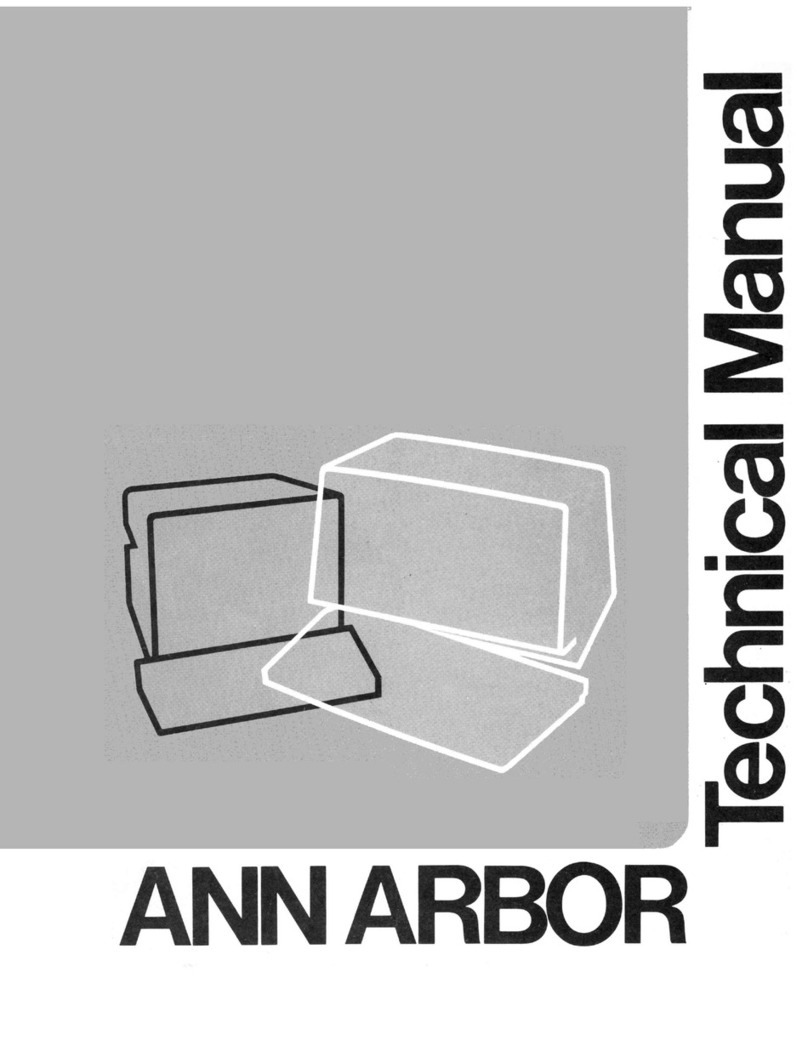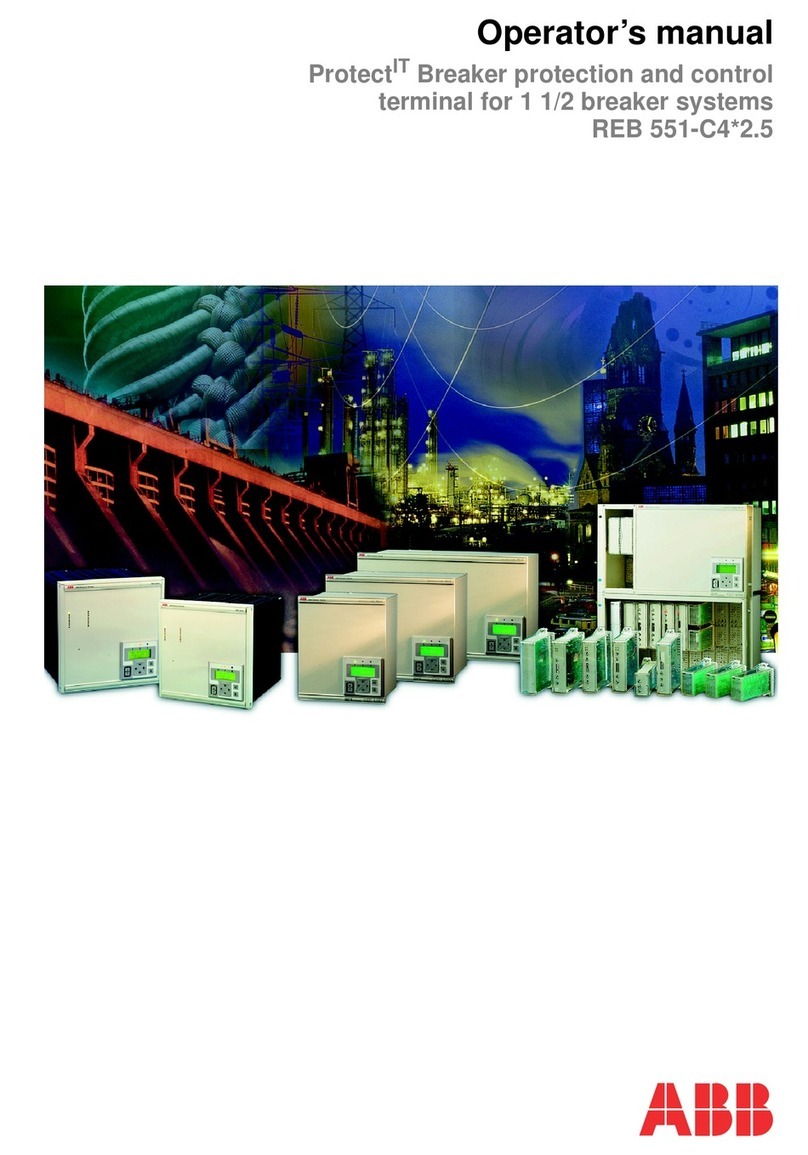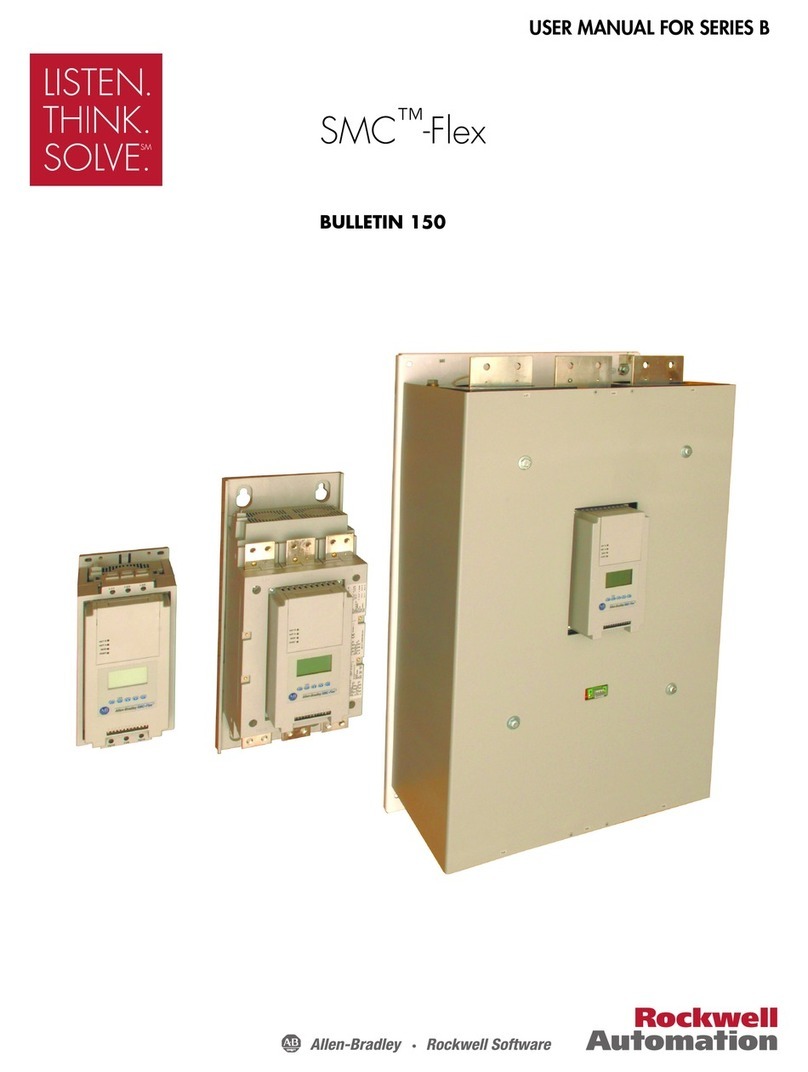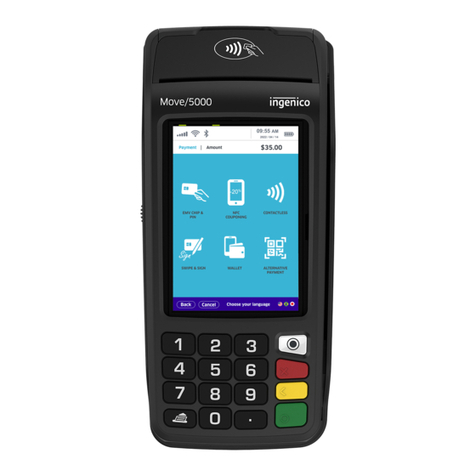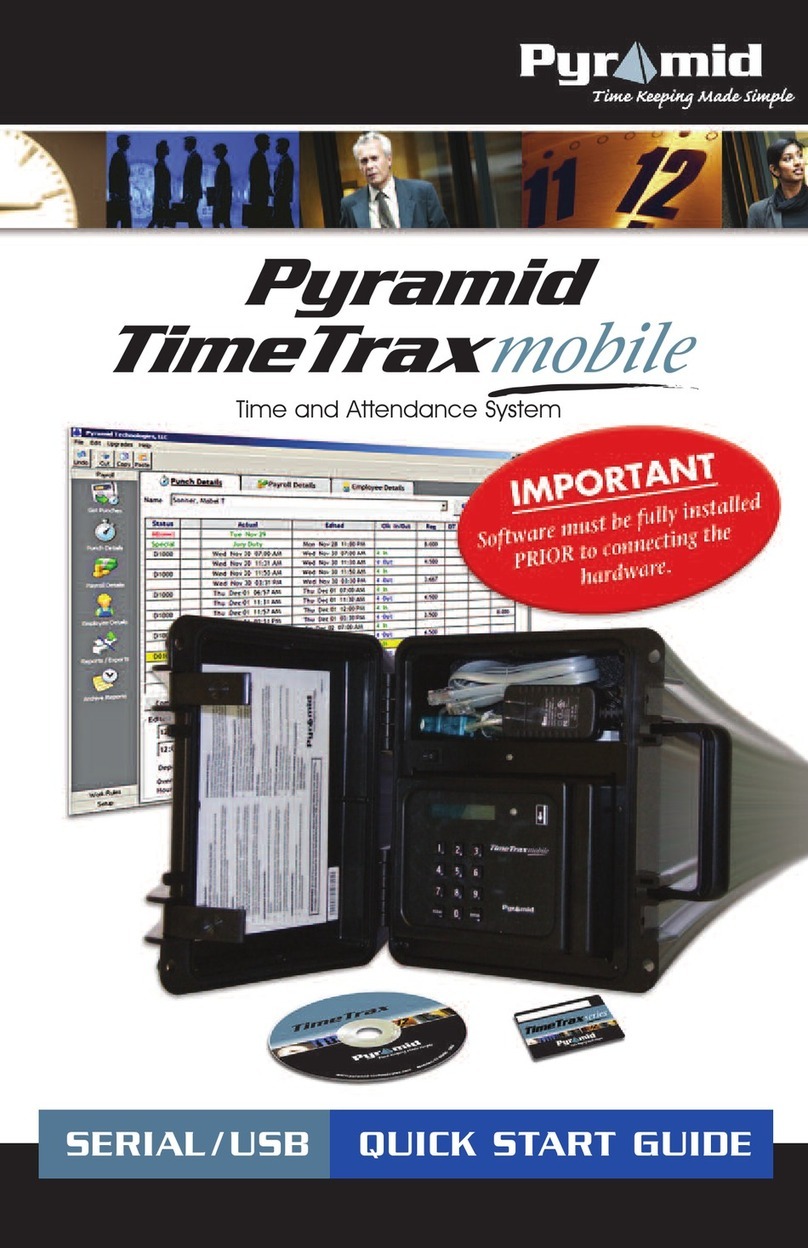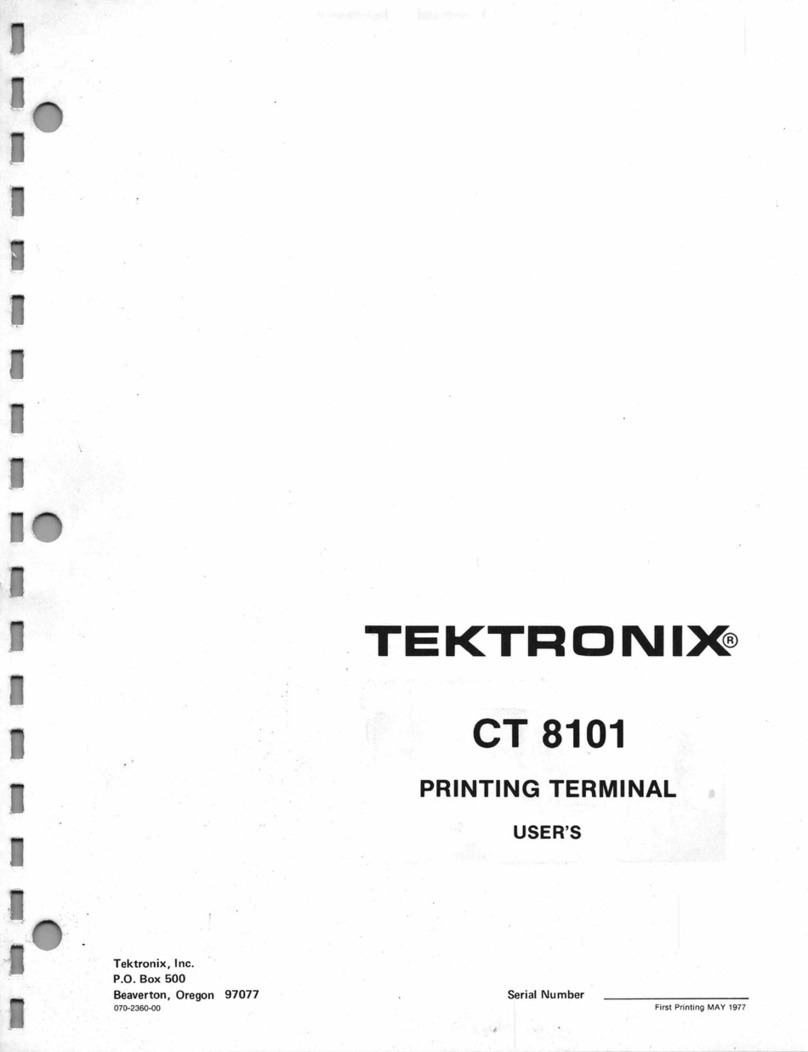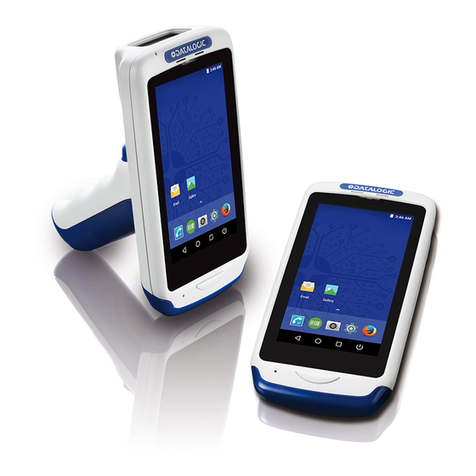Teleorigin RB600 User manual

1

Contents
1. Overview............................................................................................................................4
2. References.........................................................................................................................5
3.Package..............................................................................................................................6
3.1 Box......................................................................................................................................... 6
4. Complete package contents..............................................................................................
5. General presentation.........................................................................................................8
5.1 Product pictures......................................................................................................................8
5.2 External connections..............................................................................................................9
5.2.1 GSM antenna connector..................................................................................................9
5.2.2 Bluetooth antenna connector.........................................................................................10
5.2.3 RS-232 Interface (EIA5 4)............................................................................................11
5.2.4 Power supply connector................................................................................................12
5.2.5 SIM card holder.............................................................................................................13
5.3 Product sticker....................................................................................................................14
6. Basic features and services.............................................................................................15
. Using the modem.............................................................................................................16
.1 Setting up the modem...........................................................................................................16
.2 Mounting the modem on the wall.........................................................................................16
.3 Checking the communication with the modem.....................................................................1
.4 Status of the modem (LEDs)................................................................................................1
.5 Disabling and enabling echo function...................................................................................18
.6 Verifying the strength of received signal...............................................................................19
. PIN code status................................................................................................................... 19
.8 Network registration.............................................................................................................. 20
.8.1 GSM network registration..............................................................................................20
.9 GPRS network registration...................................................................................................21
.10 AT commands summary.....................................................................................................22
8. Troubleshooting................................................................................................................23
8.1 No connection/communication with the modem....................................................................23
8.2 Receiving ERROR message................................................................................................23
8.3 Receiving NO CARRIER message.......................................................................................24
9. Technical characteristics..................................................................................................25
9.1 Mechanical characteristic.....................................................................................................25
9.2 Housing description (dimensioning diagram)........................................................................25
2

10. Electrical characteristic..................................................................................................26
10.1 Power supply......................................................................................................................26
10.2 RF characteristics...............................................................................................................26
10.3 External antenna................................................................................................................2
10.4 Environmental characteristic...............................................................................................2
11. Safety recommendations...............................................................................................28
11.1 General Safety....................................................................................................................28
11.2 Care and Maintenance........................................................................................................28
11.3 Responsibility...................................................................................................................... 28
12. Conformity Assessment Issues......................................................................................29
13. Safety Recommendations..............................................................................................30
14. List of Acronyms.............................................................................................................31
15. On-line support...............................................................................................................33
3

1. Overview
The RB600 Terminal is the complete modem solution for wireless m2m applications.
Based on the high quality module, it is available as quad-band version and offers high
level GSM/GPRS communication and GNSS receiver in a compact plastic housing with all
the standardized interfaces. Together with its small size and wide supply voltage range, it
is easy to integrate into all kinds of machines.
The RB600 terminal utilises TCP/UDP data transmission, SMS and SMTP
communication. It is a universal solution for all low-volume M2M and mobile data
applications including metering, traffic systems, transportation and logistics, security,
vending machines and facility management.
Device can be controlled by standard AT commands or by customer's application, thus
making it the smallest, complete SMT platform for m2m solutions.
This document contains full description of the RB600 modem and gives information
about installation and using it.
4

2. References
[1] Quectel_MC60_Series_AT_Commands_Manual_V1.0
5

4. Complete package contents
Complete package contains:
RB600 terminal (item A)
Wall mounting bracket (item B)

. General presentation
.1 Product pictures
8
SMA
antenna
Extractable
SIM card
holder
SIM card
holder
ejector
Power
supply
EIA574 (RS- 3 )
DE9 D-sub socket
DATA
GSM
PWR
LED's

.2 External connections
.2.1 GSM antenna connector
The SMA antenna input is used to connect an external GSM antenna. To establish
a connection with GSM network, an external antenna must be used. The type of antenna
depends on GSM coverage. In good circumstances (level of received signal is high) use
antenna which is included in the package. If the range of GSM is low or zero, an outdoor
or indoor (for instance in a place where GSM range is sufficient) antenna should be used.
Note: If there is no antenna connected to the SMA connector, connection with a GSM
network is impossible.
9

.2.2 RS-232 Interface (EIA 74)
RB600 terminal is equipped with an RS-232 interface (as shown below). A DE9 DSUB
socket is connected via a voltage level translator circuit to the GSM module.
Table of RS-232 DB9 pins:
Pin No. Name Dir Description
1 DCD IN Data Carrier Detect. Raised by DCE when modem
synchronized.
2 RD IN Receive Data (a.k.a RxD, Rx). Arriving data from DCE.
3 TD OUT Transmit Data (a.k.a TxD, Tx). Sending data from DTE.
4 DTR OUT Data Terminal Ready. Raised by DTE when powered on. In
auto-answer mode raised only when RI arrives from DCE.
5 SGND - Ground
6 DSR IN Data Set Ready. Raised by DCE to indicate ready (optionally
RS485 A)
RTS OUT Request To Send. Raised by DTE when it wishes to send.
Expects CTS from DCE.
8 CTS IN Clear To Send. Raised by DCE in response to RTS from DTE.
9 RI IN Ring Indicator. Set when incoming ring detected - used for auto-
answer application. DTE raised DTR to answer (optionally
RS485 B)
DE-9 (EIA/TIA 5 4)
View of the female connector
10

.2.3 Power supply connector
The power supply connector is a 2-pin connector for an external DC power supply
connection, which can handle voltage from range 5..30 V DC, 2.5 W max. continuous
power.
No. Singal I/O Description
+ V+BATTERY I 5 V – 30 V DC
- GND - Ground
Attention!
An attempt to power up the terminal from a DC source outside of 5..30 V range may result
in the physical destruction of the device.
11

.2.4 SIM card holder
A SIM card holder is placed at the front of RB600 terminal (as shown below) and is
accessible externally. To insert a SIM card into the holder, press the yellow button, eject
the little drawer, place the SIM card inside and insert the drawer into the modem (you will
hear a click). To operate the module in a GSM network, it is necessary to insert a SIM card
obtained from the network operator.
12

.3 Product sticker
Product stickers are on the modem and on the box of the product.
A product sticker includes the following information:
●product serial number (IMEI) and model signature
●manufacturer address
●the CE marking
●the 15-digit bar code (box sticker only)
Device sticker Box sticker
13

6. Basic features and services
Basic features and available services for the RB600 are contained in the table below.
Feature/service Description
Standard Supported Bands:
GSM/GPRS Quad-band 850/900/1800/1900 Mhz
Physical:
83 x 53,5 x 25 mm
Weight 89 g
Speed GPRS class 33
CSD up to 9.6 kbps
DTM (Dual Transfer Mode)
Interfaces Connectors
SMA antenna
SIM Card
3.0V / 1.8V
STK 3.1
Connectivity
UART: BR from 300 bps to 115.2 Kbps
Auto BR
SMS MO / MT Text and PDU mode
Cell broadcast
SMS over GPRS
GSM supplementary
services
USSD phase II
Advice of charge
GPS receiver Oprional
Power supply 5V – 30V DC
14

7. Using the modem
7.1 Setting up the modem
To set up the modem, do the following steps:
Eject the SIM card holder using the yellow button and pull out the drawer.
Insert your SIM card into the drawer.
Make sure the SIM card fits into the drawer properly.
Insert the drawer into the modem. Connect the antenna to the SMA connector
Optionally, the modem can be connected using the RS-232 interface
Plug the power supply cable to the power supply input
Now the modem is ready to work.
7.2 Mounting the modem on the wall
To mount the modem on the wall, install the wall mounting bracket as shown below:
15

7.3 Checking the communication with the modem
Once the modem is connected, you can check communication between the RB600
terminal and the PC using Telit AT Controller available here:
http://teleorigin.com/file_upl/pliki/1/Telit_AT_Controller.zip
Alternatively, you can use any Terminal program. Configuration of the DTE (port COM)
should be as follows:
Bits per second: 11 200 bps,
Data bits: 8,
Parity: None,
Stop bits: 1,
Flow control: hardware.
To communicate with the modem, use software such as Hyperterminal (AT commands) or
use the attached Telit AT Controller.
Using a communication software such as Hyperterminal, enter the AT and push 'enter'
button. The response of the terminal should be 'OK' displayed in the Hyperterminal
window.
If the connection with the modem cannot be established do the following:
Check if the modem is connected with your PC via RS-232 or USB.
Check the configuration of the COM port.
Examples of AT commands:
ATE1 enables modem echo function,
AT+CGMI modem answers “Quectel” when the connection is OK.
AT+CPIN? shows the current status of the SIM card
AT+CPIN=xxxx enter your PIN, where 'xxxx' are digits
AT+CSQ to verify received signal strength
ATD<phone_number>; to initiate a voice call
ATH to hang up a voice call
For further information about AT commands and their usage, refer to [1].
7.4 Status of the modem (LEDs)
The operational status of the RB600 Terminal is shown by external LEDs placed on the
front panel of the modem.
The table below shows the meaning of the LEDs.
LED
name
LED colour Description
DATA blue Software controlled using AT
GSM orange Off – GSM module is not running
64ms On/800ms Off – module is not synchronized with network
64ms On/2000ms Off – module is synchronized with network
64ms On/600ms Off – GPRS data transmission after dialing the PPP connection
PWR green Lights when modem is power on
16

7. Disabling and enabling echo function
If echo is not displayed when entering an AT command, that means:
The local echo function in software (such as Hyperterminal) is disabled
The echo function of the modem is disabled
To enable echo function of the modem enter the ATE1 command.
In Machine to Machine communication it is recommended to disable echo function (type
ATE0) in order to avoid non-essential CPU usage.
For further information about the AT commands and their usage, refer to [1].
1

7.6 Verifying the signal strength
The RB600 terminal can establish a connection with a network if the received signal
strength is sufficiently strong.
To verify the signal strength and bit error rate, do the following:
Using software such as Hyperterminal enter AT+CSQ. This command displays the
received signal strength indication <rssi> and channel bit error rate <ber>. The modem
answers as follows:
+CSQ: <rssi>,<ber>
OK
<parameter> Description
<rssi> 0 through 31 - covers the range of -113 dbm (or less) to -51dbm (or greater)
<ber> Channel bit error rate (in percent)
0– RXQUAL values in the GSM 05.08 table
99 Unknown or not detectable
For further information about AT commands and their usage, refer to [1].
7.7 PIN code status
To check PIN code status enter AT+CPIN? Command.
The table below shows the most interesting responses of the modem:
Answer Description
+CPIN: SIM PIN PIN code has not been entered
+CPIN: EADY PIN code has been entered correctly
For further information about AT commands and their usage, refer to [1].
18

7.8 Network registration
7.8.1 GSM network registration
To check the GSM network registration status enter AT+CREG? into the software (for
instance Hyperterminal). The modem will answer in the following format:
+CREG: <n>,<stat>[,<lac>,<ci>]
OK
The following table shows the +C EG parameters:
<parameter> Description
<n> 0 Disables the network registration unsolicited result code.
1 Enables the network registration unsolicited result code +CREG: <stat>.
2 Enables the network registration and location information in unsolicited
reports and Read command +CREG:<stat>[,<lac>,<ci>].
The default is 0.
<stat> 0 Not registered, and the ME is not currently searching for a new operator to which to
register.
1 Registered, home network.
2 Not registered, but the ME is currently searching for a new operator to which to register.
3 Registration denied.*
4 Unknown.
Registered, roaming.
<lac> Two-byte location area code in hexadecimal format
<ci> Two-byte cell ID in hexadecimal format.
*To manage connecting to a network, SIM card inserted into the modem must be valid.
For further information about AT commands and their usage, refer to [1].
19

7.9 GPRS network registration
To check GP S network registration status enter AT+CGREG? into the software (for
instance Hyperterminal) Modem will answer in the following format:
+CGREG: <n>,<stat>[,<lac>,<ci>]
OK
The following table shows the +CG EG parameters:
<parameter> Description
<n> 0 Disables the network registration unsolicited result code.
1 Enables the network registration unsolicited result code +CGREG: <stat>.
2 Enables the network registration and location information in unsolicited
reports and Read command +CGREG:<stat>[,<lac>,<ci>].
The default is 0.
<stat> 0 Not registered, and the ME is not currently searching for a new operator to which to
register.
1 Registered, home network.
2 Not registered, but the ME is currently searching for a new operator to which to register.
3 Registration denied.*
4 Unknown.
Registered, roaming.
<lac> Two-byte location area code in hexadecimal format
<ci> Two-byte cell ID in hexadecimal format.
*To manage connecting to a network SIM card inserted into the modem must be valid.
For further information about AT commands and their usage, refer to [1].
20
Table of contents

